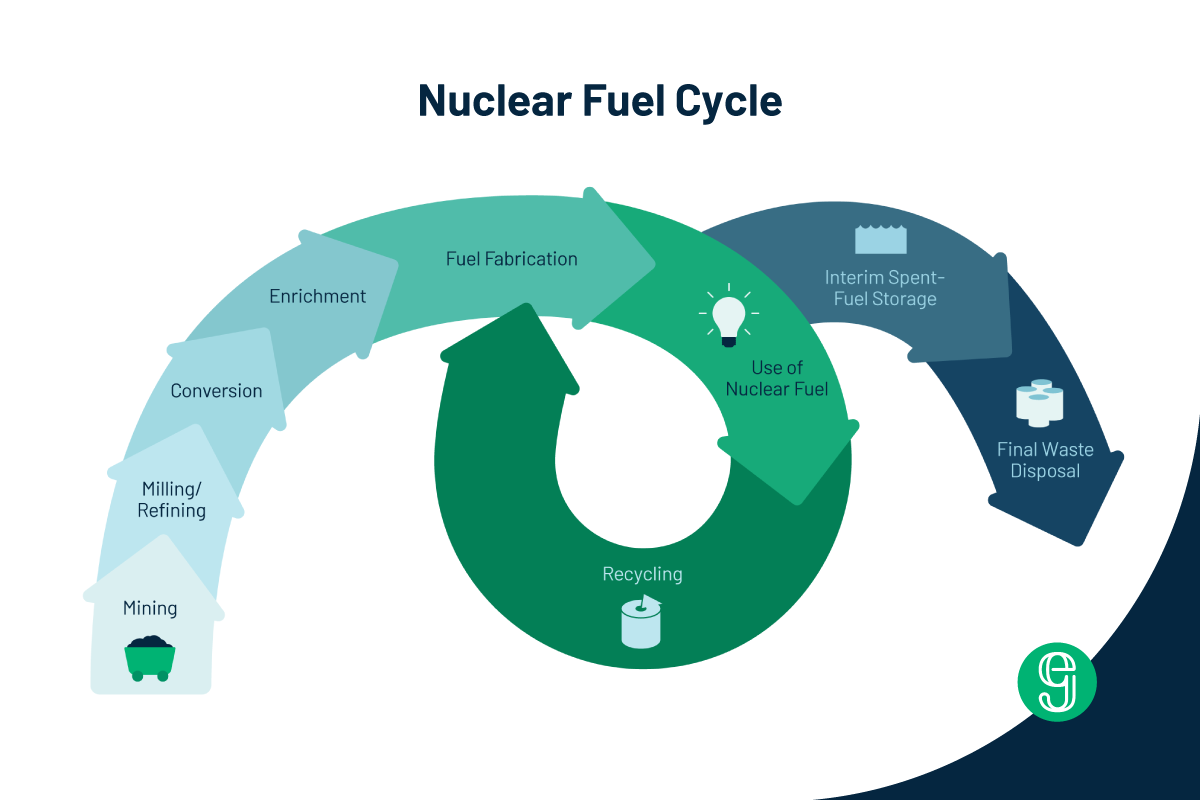“The best advocates for nuclear are not the ones who talk the most, but those who listen.”

From left to right: Elise, Julia, and Jackie at the ECA Forum.
Last week, Julia, Jackie, and I attended the Energy Communities Alliance’s (ECA’s) third nuclear forum, “Building Nuclear Partnerships & Projects,” in the Tri-Cities, Washington. The setting was significant — eastern Washington played a major role in nuclear history, providing the location and workforce for the Hanford site — one of three Manhattan Project sites and home to the first full-scale nuclear reactor in the world.
Dr. Michael Goff, Principal Deputy Assistant Secretary of the Office of Nuclear Energy, opened the forum by setting a tone of collaboration. He called the nuclear sector an “iterative learning industry,” where continually incorporating feedback is integral, especially on the heels of a global promise to triple nuclear energy deployment. The forum that followed held true to this spirit as legislators, community leaders, advocates, industry innovators, and DOE staff shared insights from project successes and failures, technology updates, and social-science perspectives to build the collective knowledge needed to deploy new nuclear in the face of the climate crisis — all while acknowledging that nuclear isn’t a one-size-fits-all solution.
In a panel concerning the nuances of nuclear energy communication, Jackie highlighted the importance of local voices in this effort: “The best advocates for nuclear are not the ones who talk the most, but those who listen.” The local community lays the foundation upon which a successful project can be built, and it’s through compassionate and respectful conversation that their needs can be expressed and addressed to shape a project’s path.
The forum’s theme of collaboration and learning extended outside the convention center. Local Union 598, a welders and pipefitters union, hosted a networking reception one evening. While touring the facilities, we learned about the apprenticeship program, which trains the current and rising workforce and brings nuclear projects to life in the most tangible sense.
Earlier that same day, Mark Nutt — Nuclear Energy Sector Manager at Pacific Northwest National Labs (PNNL) — called nuclear “an ecosystem.” Our visit to PNNL revealed yet another layer of this ecosystem. We heard from teams collaborating with industry and the Nuclear Regulatory Commission to test innovations in materials and technologies applied to nuclear. Projects included high-temperature probes that inspect active reactor components to shorten inspection outage durations, reliability testing to establish a predictive understanding of cable life to safely extend the current operating life of the existing reactor fleet, and new welding methods that strengthen spent fuel canisters and pipes, which need to withstand corrosive environments of new reactors using alternative coolants.
I departed Washington empowered by the spirit of collaboration and innovation at the ECA Forum. Collectively, we can deploy advanced nuclear to help us reach emission reduction targets, as long as we work at the speed of trust, engage local partners early on, and listen more than we speak.
















































.png)























.png)






%252520(1200%252520%2525C3%252597%252520800%252520px).png)







